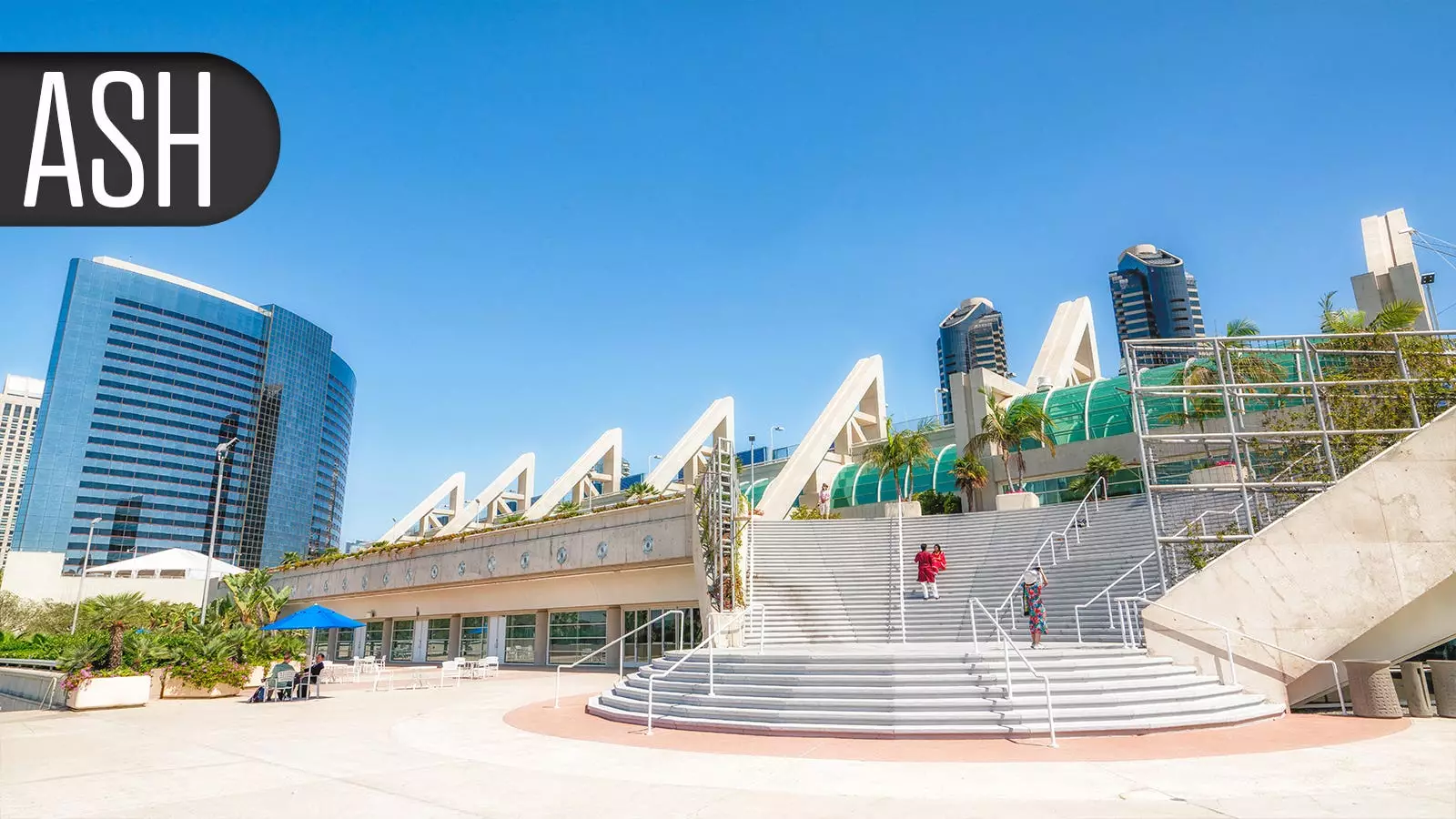In the landscape of pediatric oncology, B-cell acute lymphoblastic leukemia (B-ALL) has often posed significant challenges, particularly in cases of relapsed or refractory disease. Recent advancements in treatment methodologies, particularly through the use of chimeric antigen receptor T-cell (CAR-T) therapies, have demonstrated pioneering results. A novel investigational CAR T-cell therapy, termed bicistronic CD19/CD22-directed therapy, has shown immensely promising outcomes in a recent study comprising over 300 pediatric patients. This therapy may potentially change the treatment paradigm for children grappling with B-ALL.
The study presented by Dr. Hua Zhang from SPH Biotherapeutics revealed astonishing results, wherein a staggering 99.1% of patients treated with the bicistronic CAR T-cell therapy achieved either complete remission or complete remission with incomplete count recovery. Such high efficacy raises legitimate hopes for improved long-term outcomes for children with advanced leukemia. With event-free survival (EFS) and overall survival (OS) rates reaching 75.5% and 93.5% respectively at the one-year mark, the implications of this therapy are profound, especially when contrasted with existing treatments that may fall short in similar patient populations.
This study involved a multifaceted approach, which not only targeted CD19 and CD22 simultaneously but also addressed prior limitations observed in previous therapies employing separate targeting strategies. By focusing treatment on both receptors concurrently, researchers aimed to enhance the efficacy and stability of CAR T-cell expansions, leading to a more potent therapeutic result. Such innovation is paramount given the disparities and inconsistent responses linked with prior methodologies.
While the efficacy of the therapy is noteworthy, safety measures are equally crucial in evaluating the success of any treatment regimen. The initial findings indicated that all patients developed some degree of cytokine release syndrome (CRS), with nearly half experiencing severe grade 3/4 events. Importantly, the study highlighted that the severity of CRS correlated strongly with disease burden and CAR T-cell viability rather than the dosage administered. This distinction is critical; it suggests that tailoring the infusion protocols according to individual patient profiles may yield better management of CRS and influence overall treatment outcomes.
Moreover, patients who proceeded to receive an allogeneic stem cell transplant exhibited improved event-free survival, showcasing a vital avenue for consolidating remissions within the treatment framework. The implications of these results emphasize the need for sequential treatment plans that involve careful monitoring and potential combination therapies to optimize survival probabilities post-CAR T-cell therapy.
Despite significant strides, challenges remain in treating isolated central nervous system relapses—a notable gap in the efficacy of both blinatumomab and other therapeutic agents. Dr. Rachel Rau has pointed out this specific issue, highlighting that while bispecific T-cell engagers like blinatumomab can reduce the likelihood of relapse in upfront treatments, they do not adequately address these localized relapses. Herein lies an opportunity for bicistronic CAR T-cell therapy, as its capabilities to penetrate the central nervous system could fill this critical treatment gap, offering hope to patients who may have felt abandoned by alternative treatments.
The findings from Zhang’s study are innovative and prompt a reconsideration of current treatment protocols for relapsed B-ALL in children. The potential for CAR T-cell therapy to address not only the hematologic aspects but also the extramedullary relapses significantly enhances its appeal. As investigational trials progress and further research unfolds, it is imperative to monitor the balance between efficacy and safety, ensuring that future therapies offer the dual promise of maximizing survival while minimizing adverse effects.
In essence, the launch of a Phase I trial for bicistronic CD19/CD22-directed CAR T-cell therapy is a pivotal step towards refining this promising intervention. With ongoing evaluations and the careful study of patient responses, pediatric oncologists may soon possess a more robust toolkit to combat one of the most challenging aspects of childhood leukemia. The realm of pediatric oncology stands on the cusp of transformation, and therapies like bicistronic CAR T-cell treatment could pave the way for a new era in improving outcomes for children facing relapsed or refractory B-ALL.


Leave a Reply